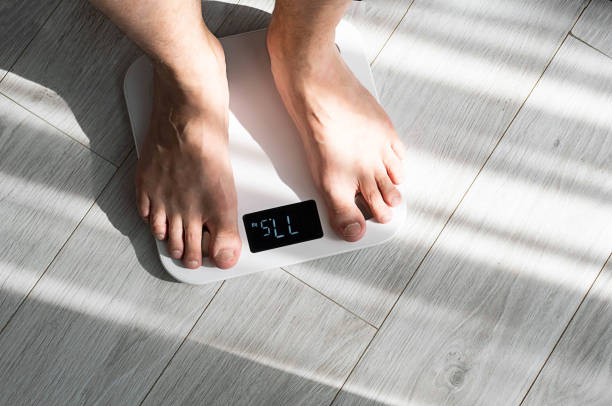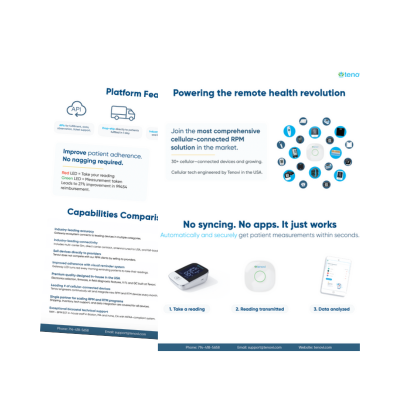Remote patient monitoring (RPM) for weight loss is a data-driven solution to combat obesity. Obesity is a significant health concern in the United States today. Recent studies have found that RPM can reduce barriers to effective obesity care faced by both patients and healthcare providers. RPM opens up access to care and the ability to manage long-term weight concerns and obesity-related health outcomes.
This article explores remote patient monitoring for weight loss, its benefits, applications, and challenges.
The Obesity Epidemic in America
Obesity is a pressing issue in the United States, with the CDC reporting that 22 states have an adult obesity prevalence at or above 35%. Data shows especially high obesity rates in states located in the South and Midwest regions of the country. Moreover, obesity is linked to various potentially fatal conditions, including diabetes (Type 2), heart disease, breast cancer, bowel cancer, pancreatic cancer, and colon cancer.
The economic burden associated with obesity is substantial. It is estimated that annual medical costs were nearly $173 billion in 2019. Obese individuals face significantly higher healthcare expenses than those with a healthy weight.
Remote Patient Monitoring for Weight Loss
To address obesity, patients have various options, including behavioral modification, bariatric surgery, and remote patient monitoring for weight loss. Remote patient monitoring involves using digital technologies to collect and transmit health data from patients to healthcare providers. In the context of weight loss, RPM establishes a continuous connection between patients and healthcare professionals, enabling real-time progress tracking and informed decision-making.
RPM empowers healthcare providers to oversee patient progress in real-time, enhancing accountability and adherence to weight loss plans. It allows for personalized treatment plans based on individual patient data, including age, medical history, and lifestyle. Early detection of deviations from the plan is crucial, and RPM technology alerts healthcare providers to potential issues, enabling prompt intervention.
Remote Patient Monitoring for Weight Loss & Scales
Regular self-weighing with a remote patient monitoring scale, particularly on a weekly or daily basis, is associated with greater weight loss and prevention of weight gain, with individuals who engage in frequent self-weighing having a 1 to 3 kg/m2 advantage.
Remote patient monitoring devices are adept at tracking weight fluctuations and monitoring vital signs like blood pressure and heart rate. Wearable devices and mobile apps facilitate food intake and physical activity logging, enabling pattern identification and areas for lifestyle improvements. RPM technology can also ensure consistent medication adherence for patients requiring weight loss medications.
Some remote patient monitoring devices even capture data on sleep patterns and stress levels, guiding behavioral interventions. As winter approaches, cooler weather can discourage outdoor physical activity. Some Smart Watch devices monitor activity levels and encourage regular exercise. This technology offers a promising pathway to combat the obesity epidemic and promote healthier lifestyles as it evolves.
Understanding Remote Patient Monitoring for Weight Loss
The Tenovi remote patient monitoring scale, a wireless, real-time remote weight monitoring device, uses high-precision sensors and auto-calibration with a weight capacity of up to 400 lbs. It’s FDA-cleared, CE, and EN-certified for industry-leading accuracy. It transmits data through a cellular network via the Tenovi Cellular Gateway.
This scale sends data effortlessly to the Tenovi Cloud through the Tenovi Health Hub. It allows healthcare providers to access patient data, billing, and device fulfillment via a HIPAA-compliant web app or through API integration.
Tenovi remote patient monitoring offers remote weight scales that are accurate and easy to use. Our solutions boost workflow efficiency, patient satisfaction, and revenue. You can book a free RPM demo today.


